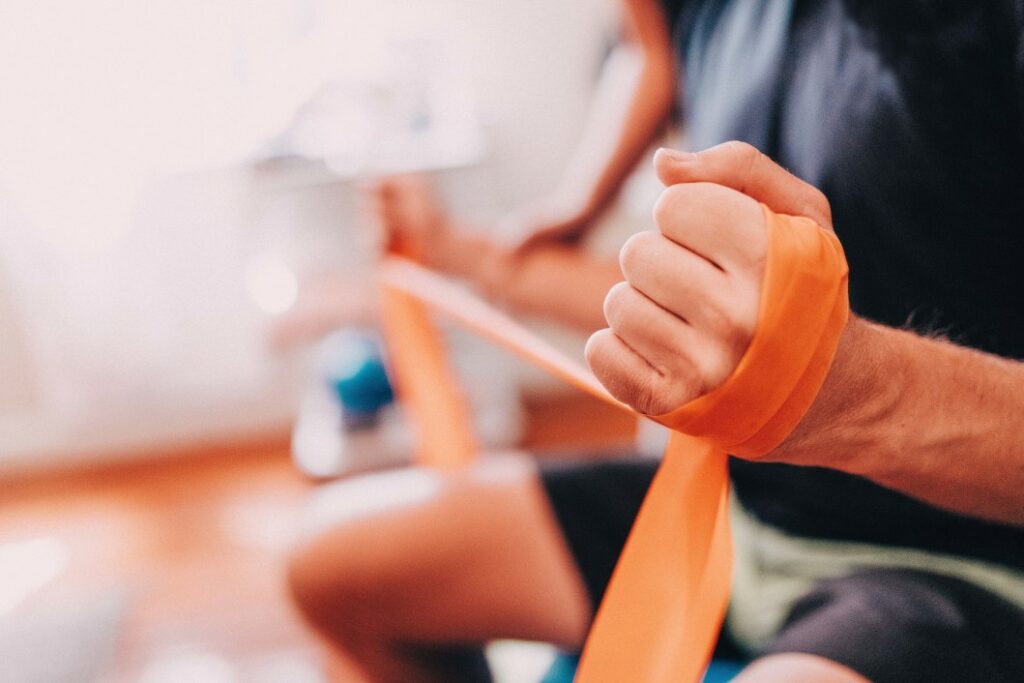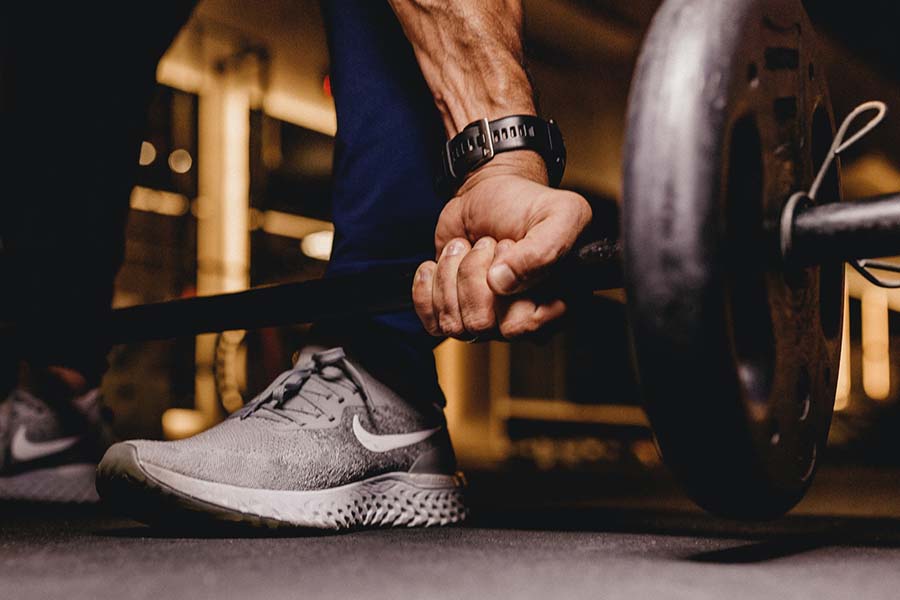How To Do It Right
intermittent fasting timing | resistance training | Diet
If you’re trying out intermittent fasting or have been on it for a while, you must be wondering can you gain muscle while intermittent fasting? The short answer is yes. But the long answer is, you’ve got to put in the work needed to gain muscles during intermittent fasting.
Intermittent fasting alone won’t help you build muscle because muscle growth needs to be stimulated by progressive overload. In other words, you’ll need to challenge your body and muscles during strength training consistently. You’ll need to keep gradually increasing weight, the number of reps, and frequency. There’s no way around this. Muscle comes from building strength. The stronger you grow, the more muscle you’ll gain.
Now, how does this fit in with an intermittent fasting lifestyle? Let us discuss more on this.
3 tips to gain muscle while intermittent fasting
Time Intermittent Fasting Right
As Harvard Health Publishing concluded back in March 2020, the timing of intermittent fasting is critical. If you want it to work, be sustainable and help you lose weight or control blood sugar, you’ll have to pay attention to the timing. And it seems it’s best to eat earlier in the day, say, between 7 am and 3 pm, rather than later and over a longer window, such as between 7 am and 7 pm.
Here’s a brief run-through of what makes intermittent fasting seem so natural. The food we eat is broken down in our gut by enzymes. This breakdown creates molecules that end up in our bloodstream. Carbs, such as refined grains and sugars, are broken down quickly into sugar. Our cells use this sugar for energy. What’s unused is stored as fats in our fat cells.
But there’s a catch; the sugar can only enter our cells with the help of insulin, which brings the sugar into the fat cells. Insulin also holds sugars in our fat cells. When we don’t snack between meals, our insulin levels go down, and our fat cells release the stored sugar for energy. If we allow our insulin levels to go down, we lose weight. The purpose of intermittent fasting is to let insulin go down for long enough to burn off fat.
But why does the timing of the day make a difference? Experts explain that following circadian rhythm fasting is natural and sustainable. And that you should let your body burn fat between meals by not snacking. It is when you can build muscle tone instead.
To know more about types of intermittent fasting and choose the best schedule for you, read – 10 Types Of Intermittent Fasting: The Best Schedule For You.

Choose Resistance Training
The good news from the evidence so far is that while intermittent fasting may lead to loss of muscle mass, you don’t lose muscle if you’re doing resistance training regularly. You can also combine resistance training with aerobics if you like. But the bottom line is that fasting alone can’t help you build muscle mass; instead, it depletes your muscle mass.
The loss of muscle mass may be explained by looking at the concept of energy balance. When you’re fasting, your energy balance is interrupted. Rates of muscle protein breakdown may be faster than muscle protein synthesis. It could lead to reducing net protein balance and cause lower lean muscle.
In other words, you must grow lean body mass if you’re fasting. If you don’t, your total energy expenditure could be thrown haywire. You could make yourself vulnerable to disease and even compromise physical function and strength.
According to studies, resistance training and aerobic exercise are essential to building muscles. In yet another journal, it was reported that older obese women who were also on a calorie restriction gained muscle mass after three months of resistance training.

Eat Right
If you’re looking at intermittent fasting and muscle building, eat at maintenance. If you have trouble eating enough calories when you’re fasting, here’s a simple point to keep in mind: whatever you eat, eat wholesome and balanced meals. But if you were in a rush to meet your daily calories, don’t be afraid to eat ‘unclean’ such as a little slice of cake or a pork belly burrito to meet your daily calories.
And what’s the best time of day to gain muscle? This study suggests early morning is best. That’s when the Human Growth Hormone rises the highest and shifts the body into fat-burning mode.
Need help in planning your intermittent fasting meals? Register for the 21-Day Intermittent Fasting Meal Plan, where you will get customized meal plans, delicious recipes, and daily fasting tips to keep you motivated.
In Summary: How to Gain Muscle While Intermittent Fasting
In simple words, we can say keep your eating window in the early part of the day, exercise well, and maintain quality sleep to gain muscles.
As far as nutrition goes – you only need to eat as much as maintenance or a little above to build muscle. You don’t need to overfeed, contrary to what many people believe. Too many calories in your meals will offset the benefits of intermittent fasting as you gain excess fat.
To build muscle, all you need to do is heavy resistance training two to three times a week and have enough protein (around 0.82 grams per pound of weight). Make sure to keep a 48-hour gap between exercises for the same muscle group.
The Conclusion
If you want to keep your muscle mass and gain some, intermittent fasting and weight lifting together will help you achieve your goals. It’s essential to keep in mind that snacking between meals won’t be helpful, nor will overeating in a single meal.
Instead, keep your calorie intake at maintenance, push yourself in strength training at least twice a week, and eat clean as much as possible. That is the right way for intermittent fasting muscle gain.


